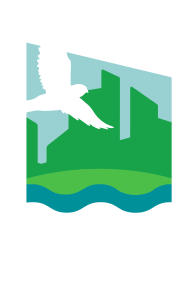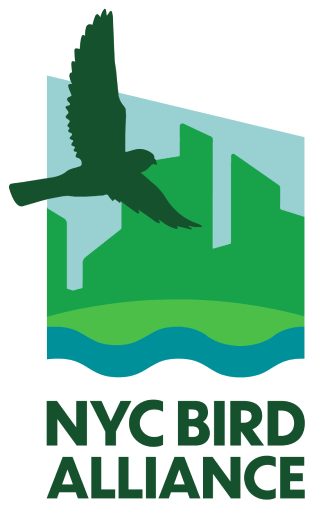Protecting Horseshoe Crabs
Atlantic Horseshoe Crabs among Red Knots in Delaware Bay during August spawning. Photo: IronAmmonite.com
WHY HORSESHOE CRABS?
- During their breeding season (May and June), hundreds of thousands of Atlantic Horseshoe Crabs migrate to the shallow waters of the Atlantic Coast, like the beaches of Jamaica Bay, Queens.
- A female horseshoe crab can lay up to 120,000 eggs during this period, and these eggs are a critical food source for migrating shorebirds like the Red Knot.
- Although horseshoe crab eggs may seem abundant, declines in horseshoe crab populations due to over-harvesting are believed to be connected to declines in the migrating shorebird populations.
TO PROTECT SHOREBIRDS, WE ADVOCATE FOR
- Regulating or banning the harvest of horseshoe crabs, especially females.
- Restoring or creating suitable habitat for horseshoe crabs to spawn.
- Monitoring and managing human and predator disturbance on beaches where horseshoe crabs and Red Knots congregate.
- Educating and engaging the public about the importance of these species and their interdependence.
Volunteers count Atlantic Horseshoe Crabs in Jamaica Bay to monitor breeding populations. Photo: NYC Bird Alliance
Every May and June, community science volunteers tag horseshoe crabs to monitor their populations. Photo: Bianca Otero

Every year, NYC Bird Alliance recruits community science volunteers to help count, measure, and tag horseshoe crabs in Jamaica Bay. Photo: NYC Bird Alliance
THE HORSESHOE CRAB PROTECTION ACT
The Horseshoe Crab Protection Act, A.4997 (Glick) / S.4289 (Hoylman-Sigal), was signed into law in December 2025. This bill, which will be phased in over a three year period, will extend NY State DEC's authority to regulate management of horseshoe crabs and prohibit harvesting for commercial and biomedical purposes. This is a major victory for the Red Knots, plovers, sandpipers, and other shorebirds that rely on horseshoe crab eggs as a critical food source during the birds’ annual migration.
Red Knots and Horseshoe Crabs: A Delicate Ecosystem in Need of Protection
Shorebirds travel awe-inspiring distances as part of their migrations each year. For instance, the federally-threatened Rufa Red Knot flies from the Arctic to South America and back every year, covering about 18,000 miles annually. Along this journey, it stops at select breeding grounds like the shallow waters of Jamaica Bay, where hundreds of thousands of Horseshoe Crabs come ashore to spawn. The eggs of these ancient creatures provide an abundant and nutritious food source to replenish their energy reserves before completing their migration. Without these eggs, many Red Knots would not survive.
Red Knots rely on a variety of marine invertebrates for food, but they rely on horseshoe crab eggs because they are more nutrient-dense than other sources. However, horseshoe crab populations have declined due to overharvesting for bait and biomedical purposes. This has reduced the amount of eggs available for Red Knots at Jamaica Bay and other stopovers like Delaware Bay, imperiling this magnificent species.
 "}" data-trix-content-type="undefined" class="attachment attachment--content">
"}" data-trix-content-type="undefined" class="attachment attachment--content">As a result of declining Horseshoe Crab populations, Red Knots are now listed as threatened under the federal Endangered Species Act and have been placed on New Jersey’s endangered species list. Since 2009, NYC Bird Alliance’s corps of community scientists has monitored several beaches on which horseshoe crabs spawn in Jamaica Bay, gathering data on horseshoe crab numbers. Our monitoring is part of a statewide project led by Cornell Cooperative Extension of Suffolk County in partnership with the New York State Department of Environmental Conservation, to survey horseshoe crabs spawning populations, in order to inform conservation and management plans.



